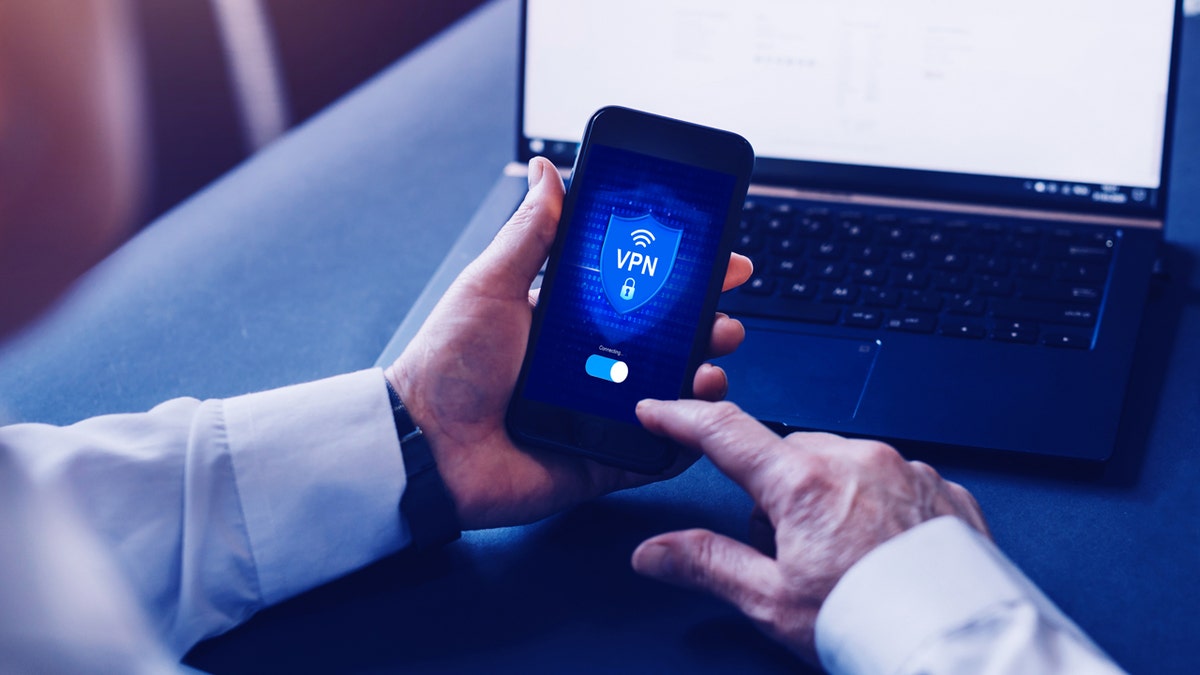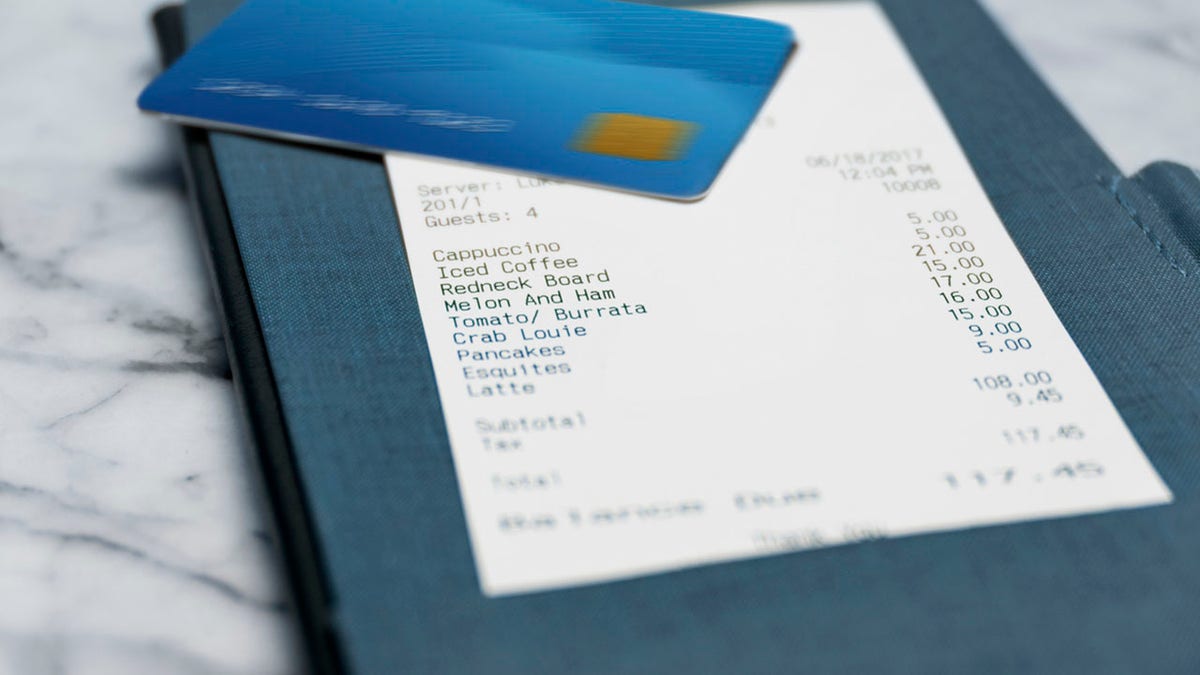When my husband and I were on the very long flight last year, he leaned over and asked, “I want to check our Morgan Stanley account. Do you think it’s OK to do it using the plane’s Wi-Fi?”
Win a pair of $329 Ray-Ban Meta smart glasses. Enter here, no purchase necessary!
How did we live without Wi-Fi on a plane? Oh, yeah, we read magazines! Sorry to be the bearer of bad news, but Wi-Fi isn’t as protected as we hope. Fear not. I’ve got some tips on protecting yourself and surfing safely in the skies.
10 TECH UPGRADES TO SAVE YOUR TIME, PRIVACY AND MONEY THIS YEAR
Up in the air
Hackers use all kinds of sneaky tactics to hijack your privacy in flight. One thing in their favor: VPNs are more likely to drop in and out in the air than on the ground. (More on that below.)
Without that layer of protection, cybercriminals using the same airline Wi-Fi can easily tap into your devices, access your information and spread malware.
Here are a few tips to safely surf the web from the skies. (iStock)
“S” for security: Only visit encrypted websites — the ones that start with “HTTPS” (that “S” is important!). In general, this blocks a hacker from viewing your activity on a given site, like the password or credit card number you typed in.
Beware of AirDrop: Keyloggers keep track of every single thing you type, and criminals love to pass them along using Apple’s AirDrop feature. Don’t accept drops from strangers in flight. Steps here to disable or limit AirDrop if you need help.
Name game: Crooks can create fake Wi-Fi networks with almost identical names to the airline’s. If you’re not careful, you could plug into a copycat network instead of the legit one.
THE NSA SAYS DO THESE 5 THINGS WITH YOUR PHONE RIGHT NOW
Is your home connection locked down? Do this check twice a year.
Sky-high safety
I know you’re not going to skip the Wi-Fi altogether. That’s OK, just be smart about it.
Update everything: Before you hit the road, make sure your phone, computer, tablet, smartwatch and any other connected devices are running the latest software. Steps here for Windows, Mac, iPhone and Android. Updates often include critical security patches that protect against the new threats. Don’t forget to update your apps, too.
Add a layer of security: A Virtual Private Network (VPN) encrypts your internet connection. Before accessing anything sensitive, like your email, online banking or shopping accounts, turn on your VPN. Double-check its status to ensure it’s actively protecting your connection. It should display as “connected” or “secured.”

While VPNs are an easy way to secure your internet connection from the ground, they’re often a lot spottier – and in turn, less effective – when you’re flying. (iStock)
Verify names. If you notice multiple Wi-Fi networks with similar names, check with the airline staff and confirm which is the right one.
Use 2FA: For any account tied to financial information or personal details, two-factor authentication is a must. This adds an extra layer of security by requiring a second verification step, like a code sent to your phone or email, after entering your password. Set this up for all accounts with ties to your finances to reduce the risk of unauthorized access.
Secure your devices. Invest in antivirus and malware-protection software, and keep your devices physically secure. Avoid leaving your phone, tablet or laptop unattended, even for a moment.
THE STEP I TAKE TO CLEAR MY INBOX EVERY JANUARY
Stop looky loos. Get a privacy screen for your laptop to prevent nearby shoulder snooping.
Bonus: Don’t post pics of your boarding pass or other travel docs
You’re excited, waiting for the plane. What’s the harm in posting a pic of your boarding pass? A whole lot. Boarding passes display your full legal name, ticket number and passenger name record. That six-digit code plus your last name gives anyone access to your booking information online.
The same goes for your license, passport, visa or other identification documents. Thieves keep an eye out for any detail they can use.
Keep these photos on your phone before vacation. Scroll to No. 3. You’ll thank me if something goes missing.
CLICK HERE TO GET THE FOX NEWS APP
Get tech-smarter on your schedule
Award-winning host Kim Komando is your secret weapon for navigating tech.
Copyright 2025, WestStar Multimedia Entertainment. All rights reserved.



